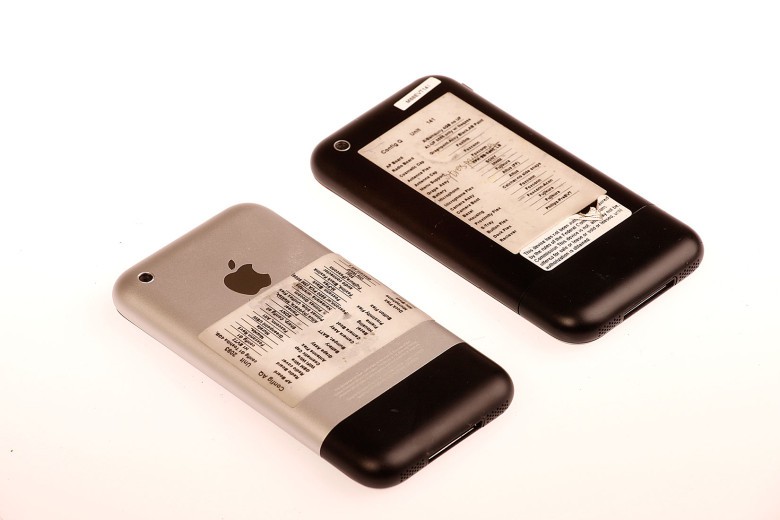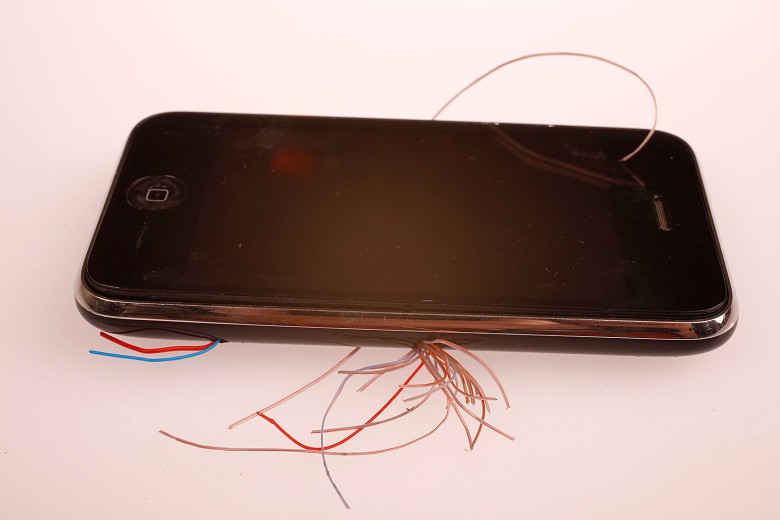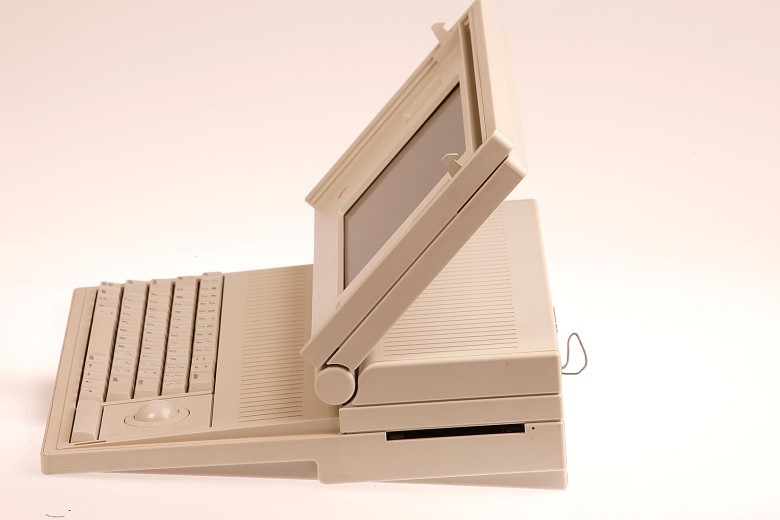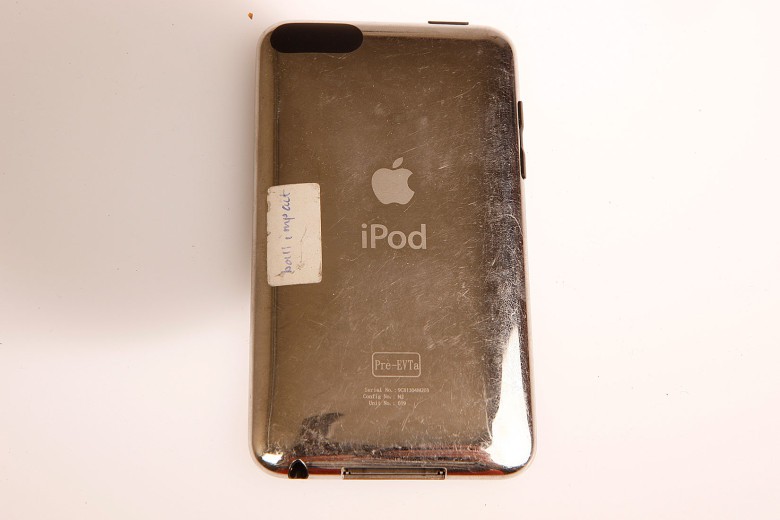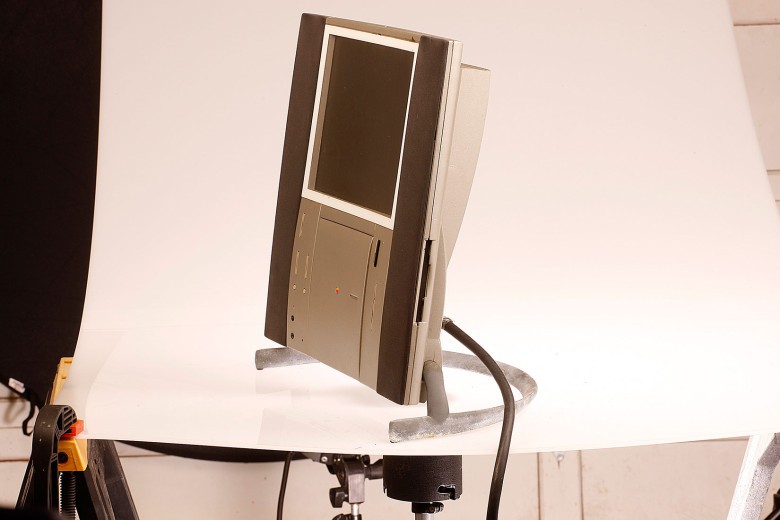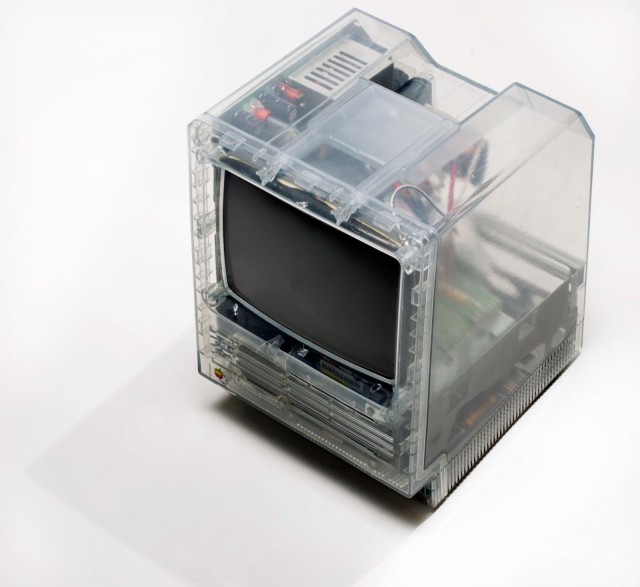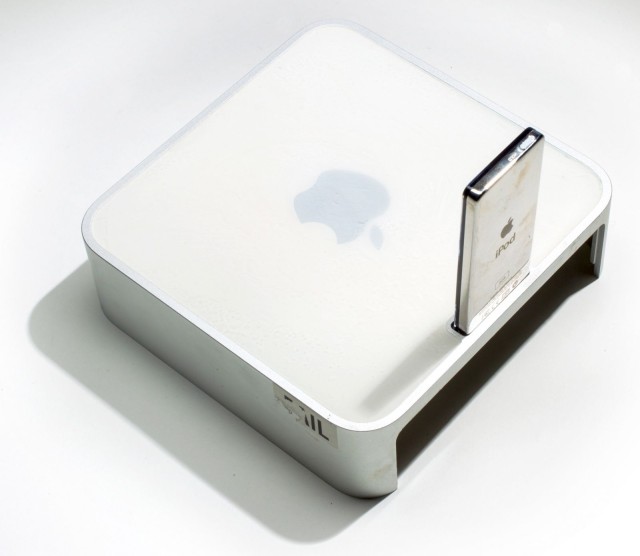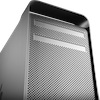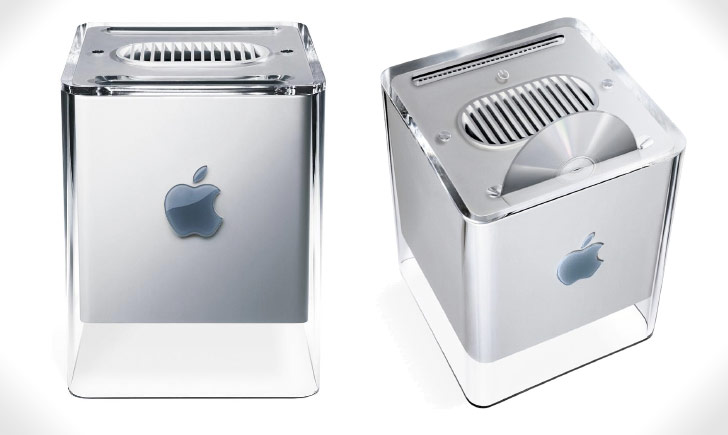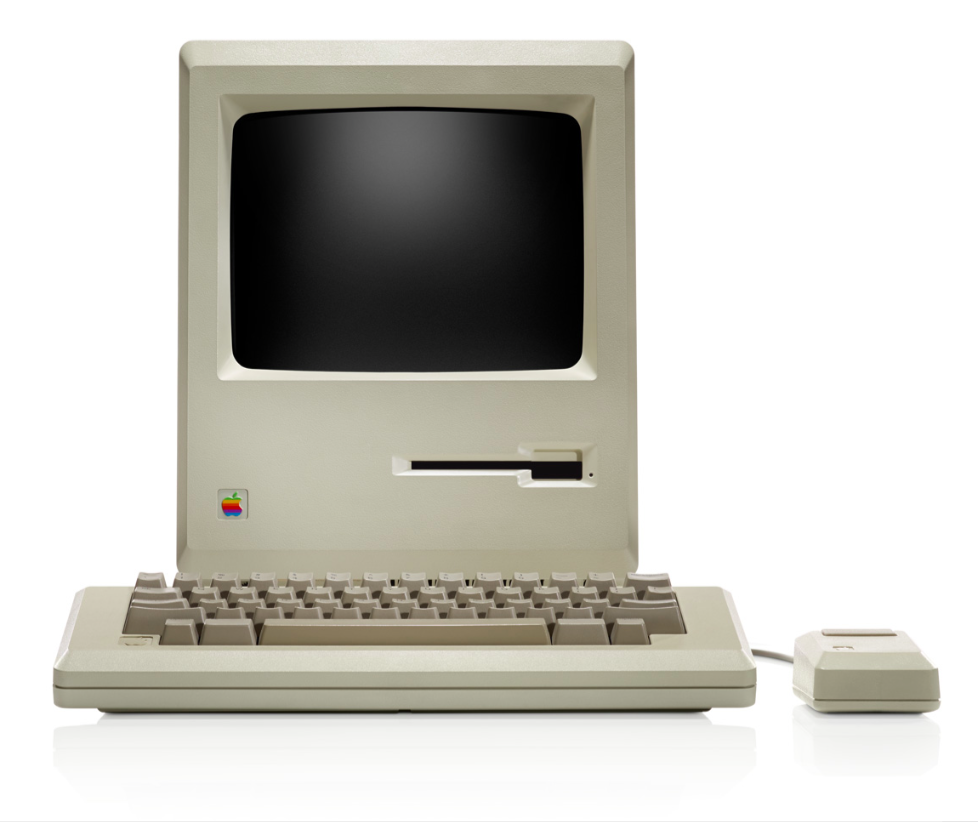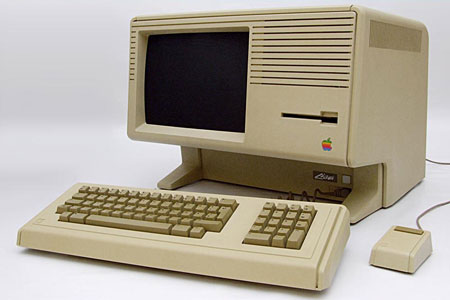Which devices have the most value? As a rule, these are limited editions, with the fact that the fewer pieces it has, the more valuable its items are. In the case of prototypes, this is a chapter by itself. These devices can be even rarer because they were not intended for distribution to the public, often containing something more. Be it a port or a transparent body. The big unknown is the functionality. Here's an overview of several Apple device prototypes that have hit the Internet over the past few years.
AirPods
The iconic AirPods were introduced on September 7, 2016, alongside the iPhone 7 and Apple Watch Series 2. Apple originally planned to release them in late October, but the company eventually pushed back the release date. They did not reach the market until December 13, 2016. Images of the prototype shared on Twitter by the profile 1nsane_dev, backed by Apple prototype collector Giulio Zompetti, show it in a transparent design. With this material, Apple "closed" its prototypes so that it could see the behavior of individual components through it. Except for AirPods, he did so with a 29W power adapter.
AirPower
The AirPower wireless charger was supposed to be a hit, but ended up being a disappointment. Apple introduced this product back in 2017 alongside the iPhone X. Specifically, it was supposed to power the iPhone, Apple Watch and AirPods, with the main advantage being that it didn't matter where you actually put the device on the charging pad. Subsequently, AirPower went downhill, and from time to time information appeared that pointed to problems during development. The story of this wireless charger ended in an unfortunate way in March 2019, when Apple openly admitted that it could not complete the product.
iPad with two 30-pin ports
When Steve Jobs introduced the very first iPad eleven years ago in San Francisco, people fell in love with it almost immediately. Such a device brought the so-called fresh wind to the market and filled the gap between the iPhone and the Mac. The tablet is in many ways a significantly better choice than the two mentioned products, which Apple was fully aware of and worked on a reliable solution for years. Anyway, the iPad itself has come a long way before it was even introduced to the world. As we know, the first one contained one 30-pin connector, but its prototype had two. While one is classically located on the underside, the other was on the left side. From this, it is clear that Apple originally intended a system for dual docking of the iPad, and it was even possible to charge the device simultaneously from both ports.
Apple Watch and sensors
The first generation Apple Watch had four individual heart rate sensors. However, you can notice in the images attached below that the prototype has three sensors, which are also significantly larger, and their horizontal arrangement is also worth mentioning. However, it is possible that there are actually four sensors involved. Indeed, if we take a good look at the very center, it seems as if these are two smaller sensors inside one cut-out. The prototype continues to offer only one speaker, while a version with two has gone on sale. Another change is the text on the back of the watch.
It could be interest you
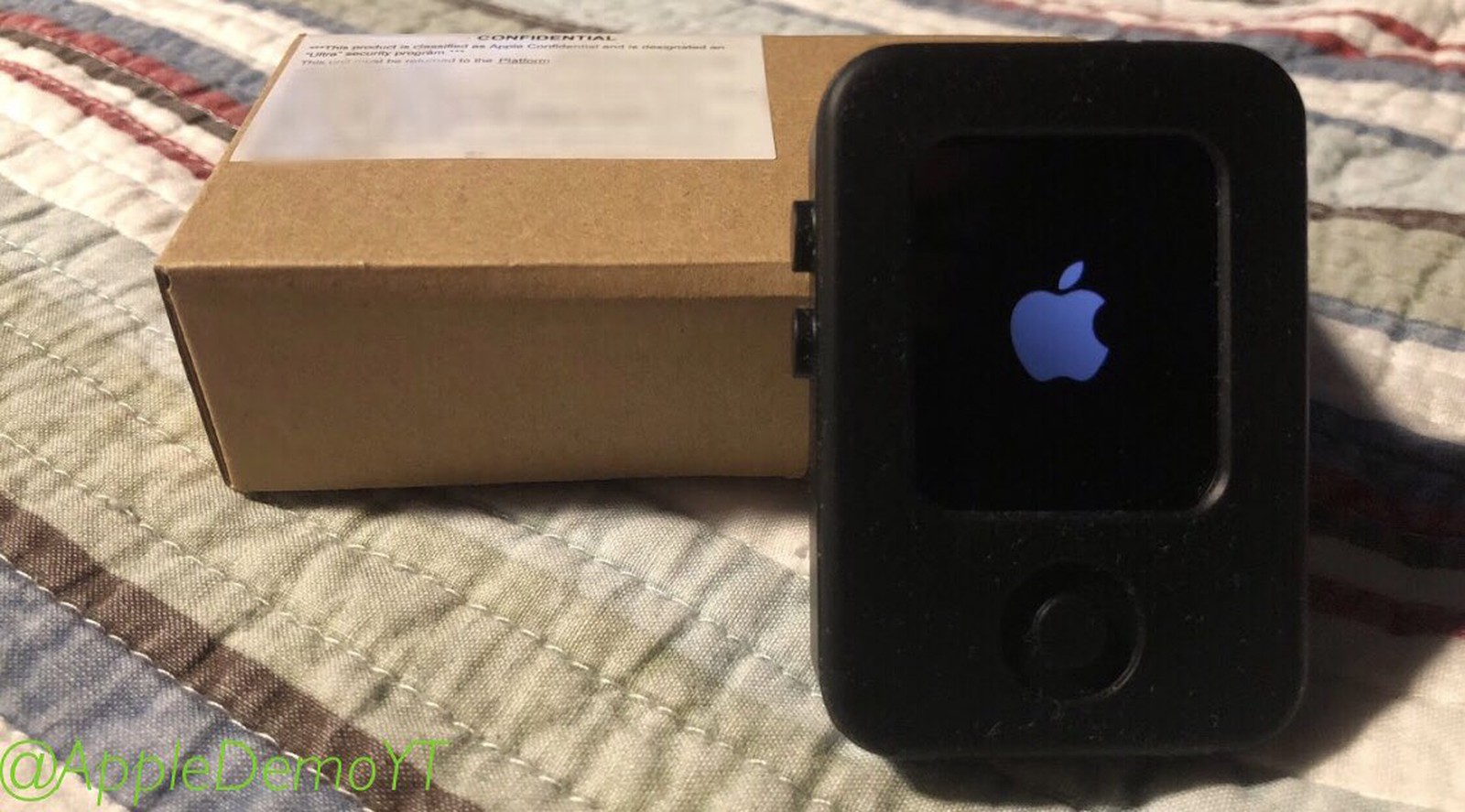
iPhone
As part of maximum secrecy, Apple created special prototype development boards that contained all the components of the future iPhone. But they were distributed over the entire surface of the circuit board. The prototype, which we can see in the images in the gallery above, bears the designation M68. The red color of the board serves to distinguish the prototype from the finished device. The board includes a serial connector for testing accessories, you can even find a LAN port for connectivity. On the side of the board, there are two mini USB connectors that the engineers used to access the iPhone's main application processor. With the help of these connectors, they could also program the device without having to see the screen.
Macintosh Portable
While the Macintosh Portable was sold in a standard beige color in the 7s, the model in the photos is made of clear plastic. According to available reports, there are only six Macinotshe Portables in this specific design. The computer cost 300 dollars at the time of its release (roughly 170 crowns), and it was the first Mac equipped with a battery. However, portability, mentioned even in the name itself, was a bit problematic – the computer weighed a little over seven kilograms. But it was still better mobility than standard computers of the era offered.
It could be interest you
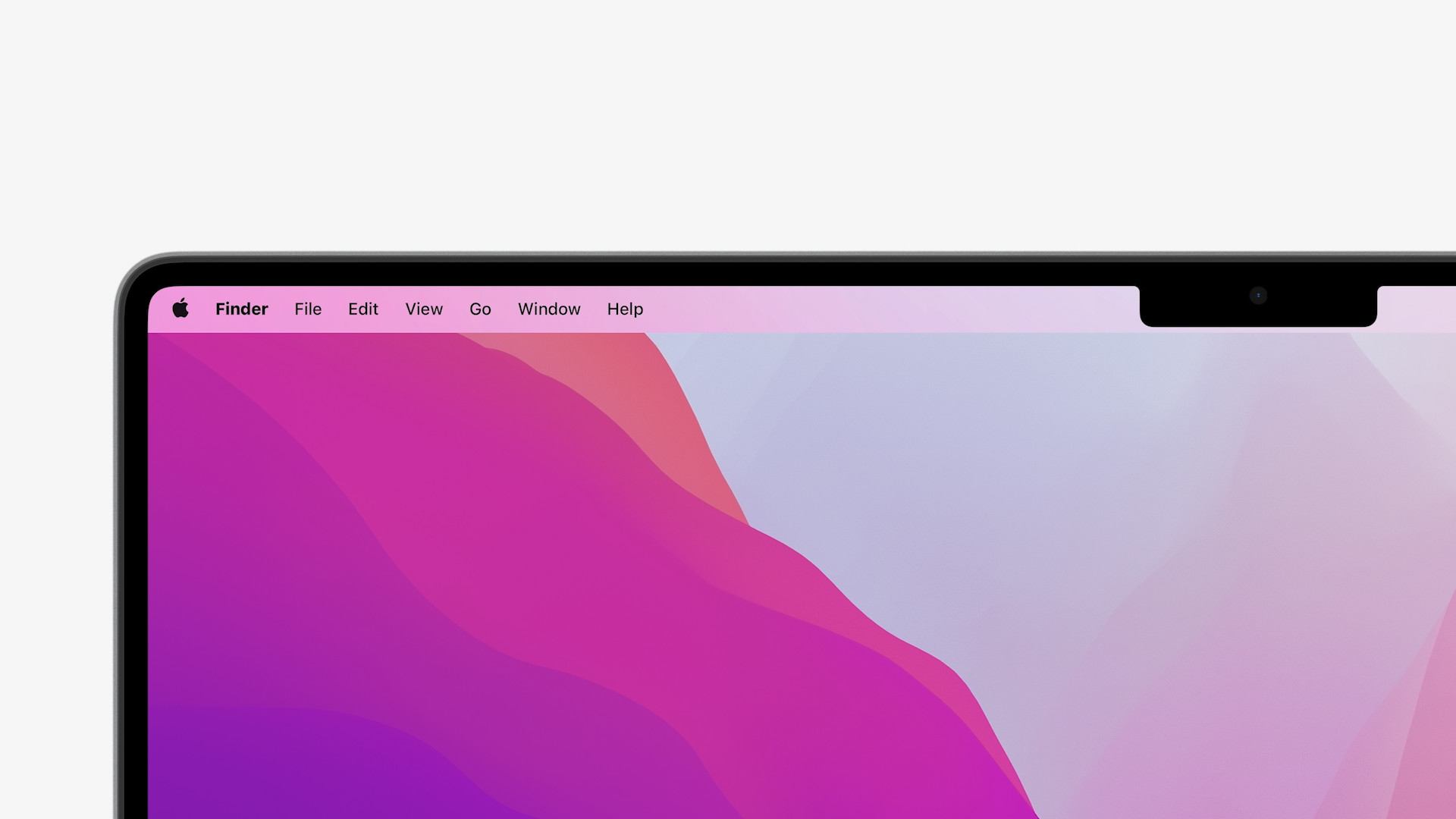
The largest collection of prototypes
American Henry Plain certainly has the largest private collection of Apple prototypes in the world. In the video for CNBC he explains how he got into collecting in the first place. After graduating college, he decided to improve G4 Cubes computers as a hobby in his spare time. He was also looking for work at the same time, and in the process of searching he came across a transparent Macintosh SE and discovered how rare Apple computers really are. He became interested in other prototypes and gradually collected them. According to CNBC, his collection includes 250 Apple prototypes, including never-before-seen models of iPhones, iPads, Macs and accessories. He collects not only functional equipment, but also non-functional ones, which he tries to put back into operation. He even sells repaired models on Ebay, investing the money he earns in other unique pieces.
However, his sales also caught the attention of Apple's lawyers, who were not too pleased that he was selling prototypes of Apple products on the Internet. Plain was therefore forced to withdraw some items from the eBay offer. Even that did not stop him, however, and he continues to collect rare prototypes. According to him, he would stop collecting only when he would connect with a museum that would allow him to display all his precious pieces. However, Plain collects all these devices only for personal enjoyment. He mentions in the video that he likes finding them and keeping them "reviving" and doesn't want these devices to end up in e-waste.
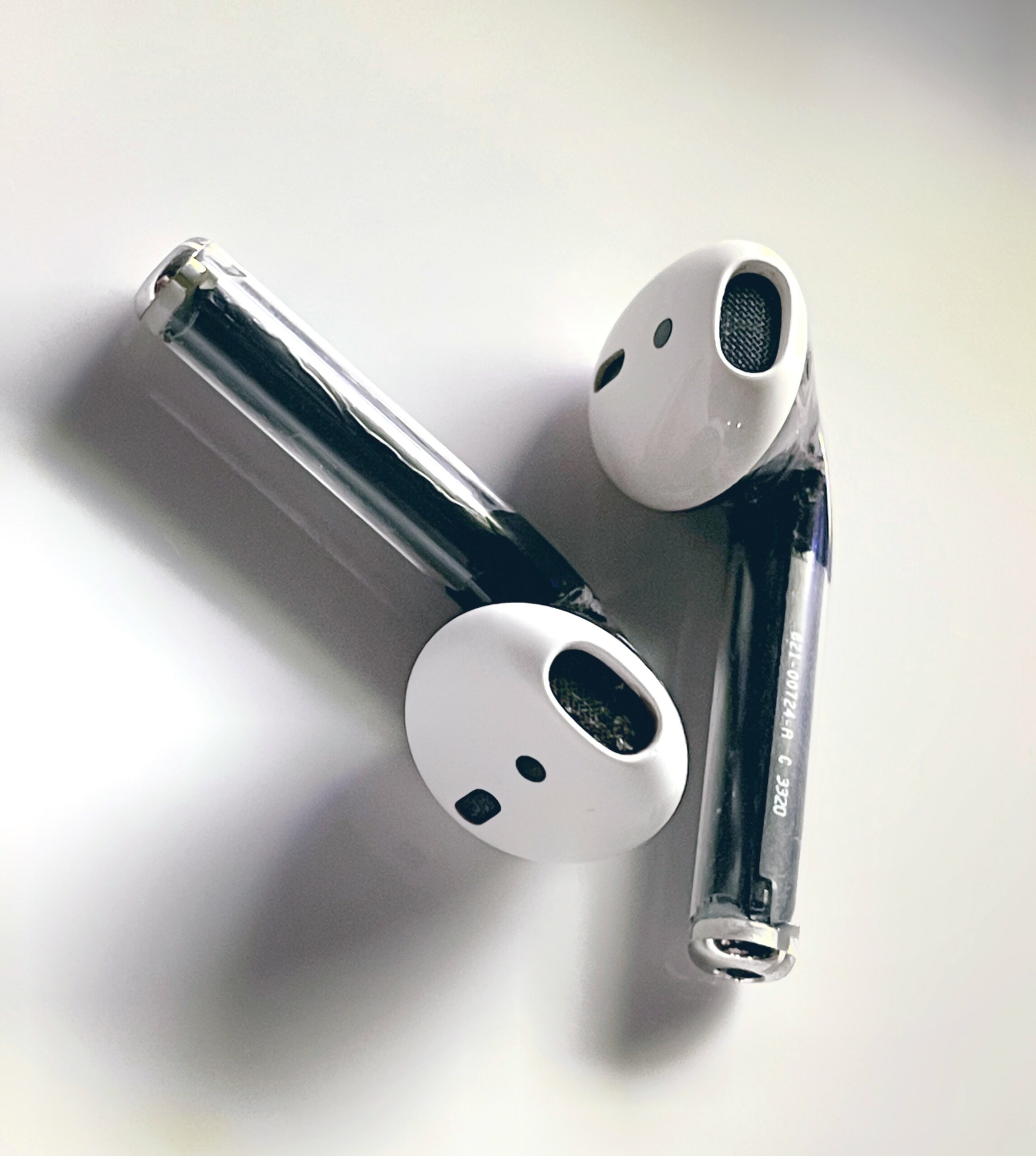
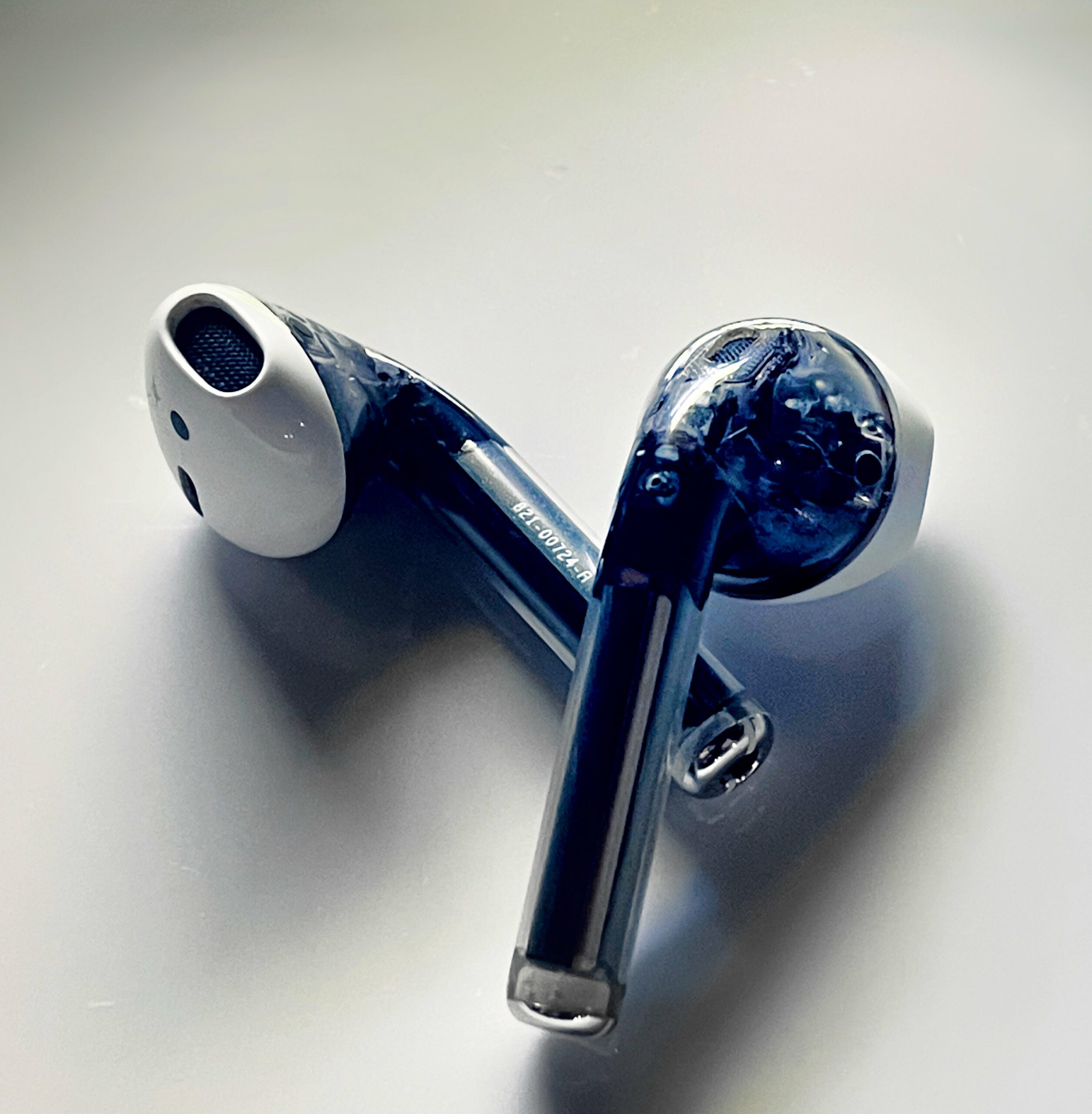



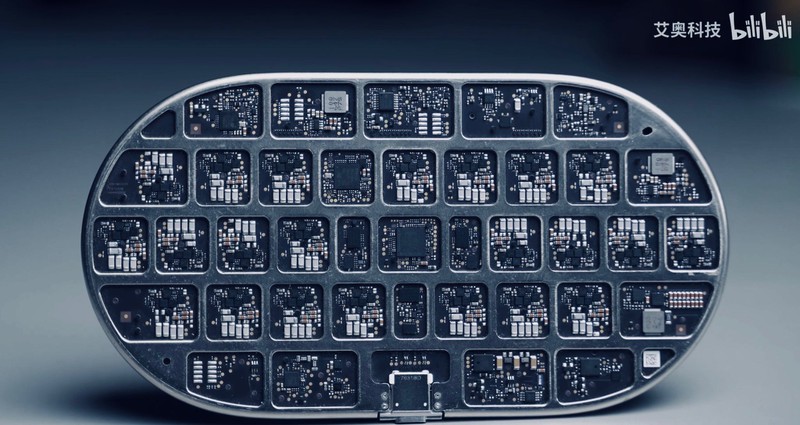
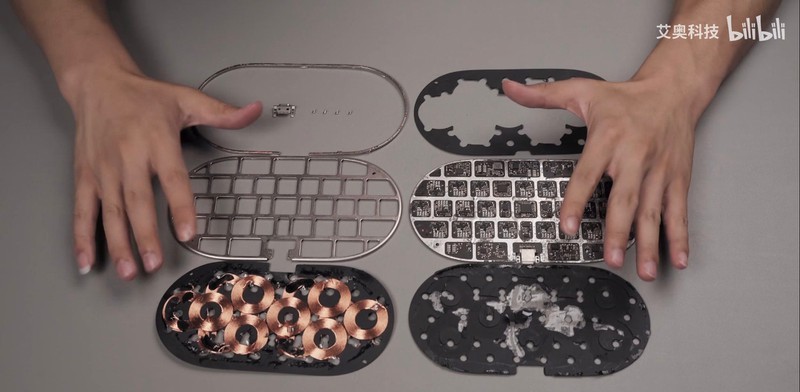
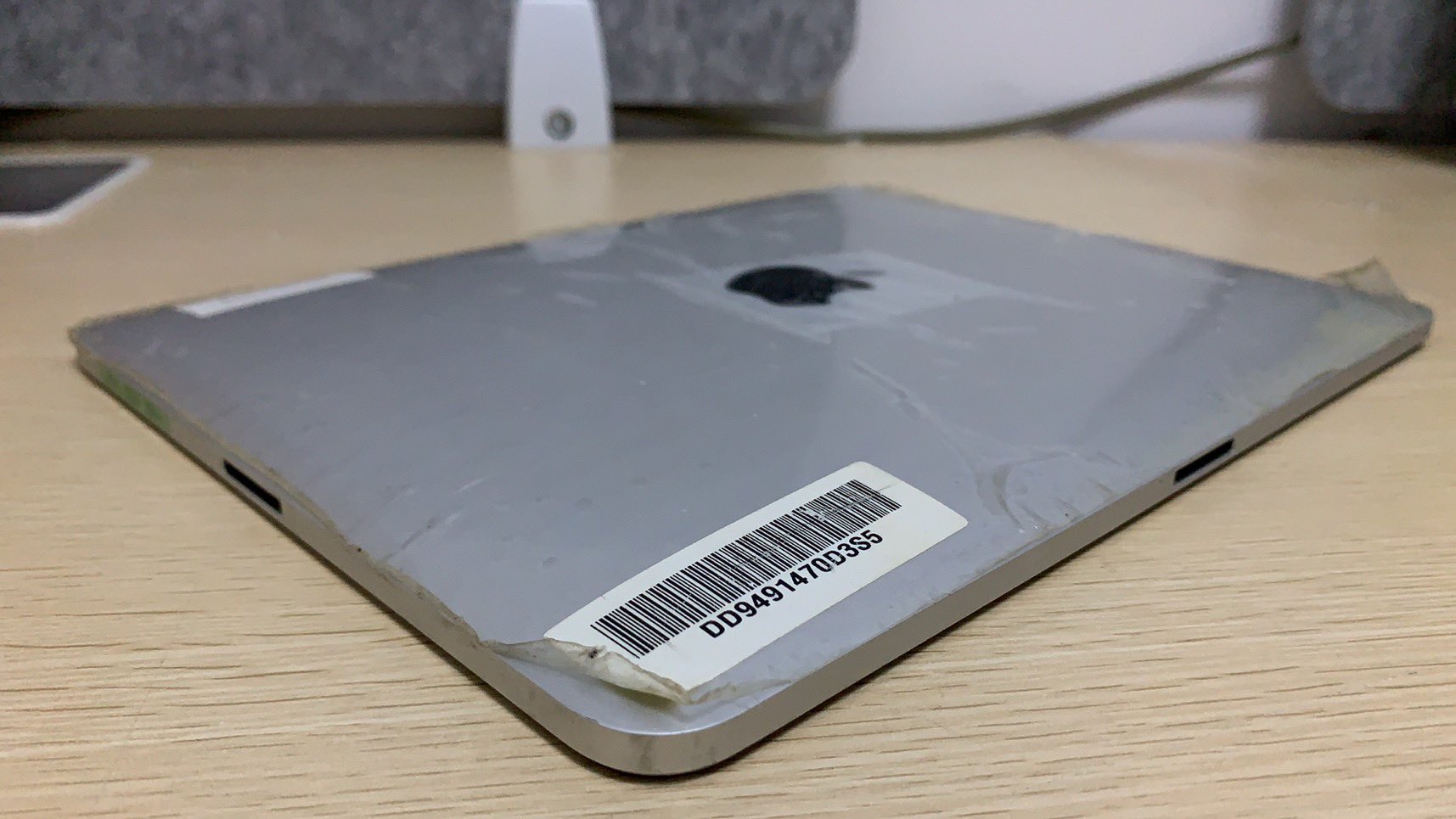

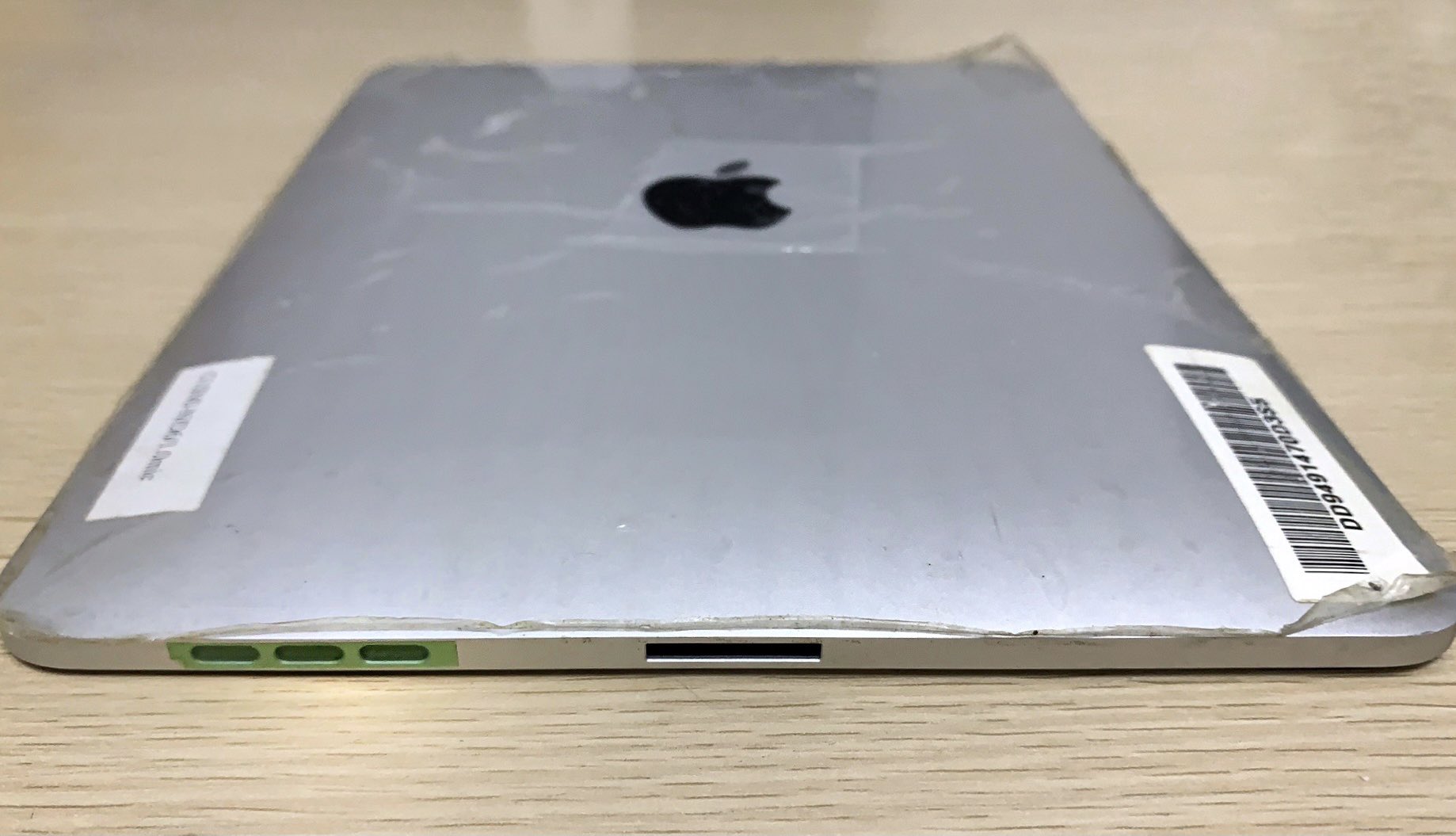
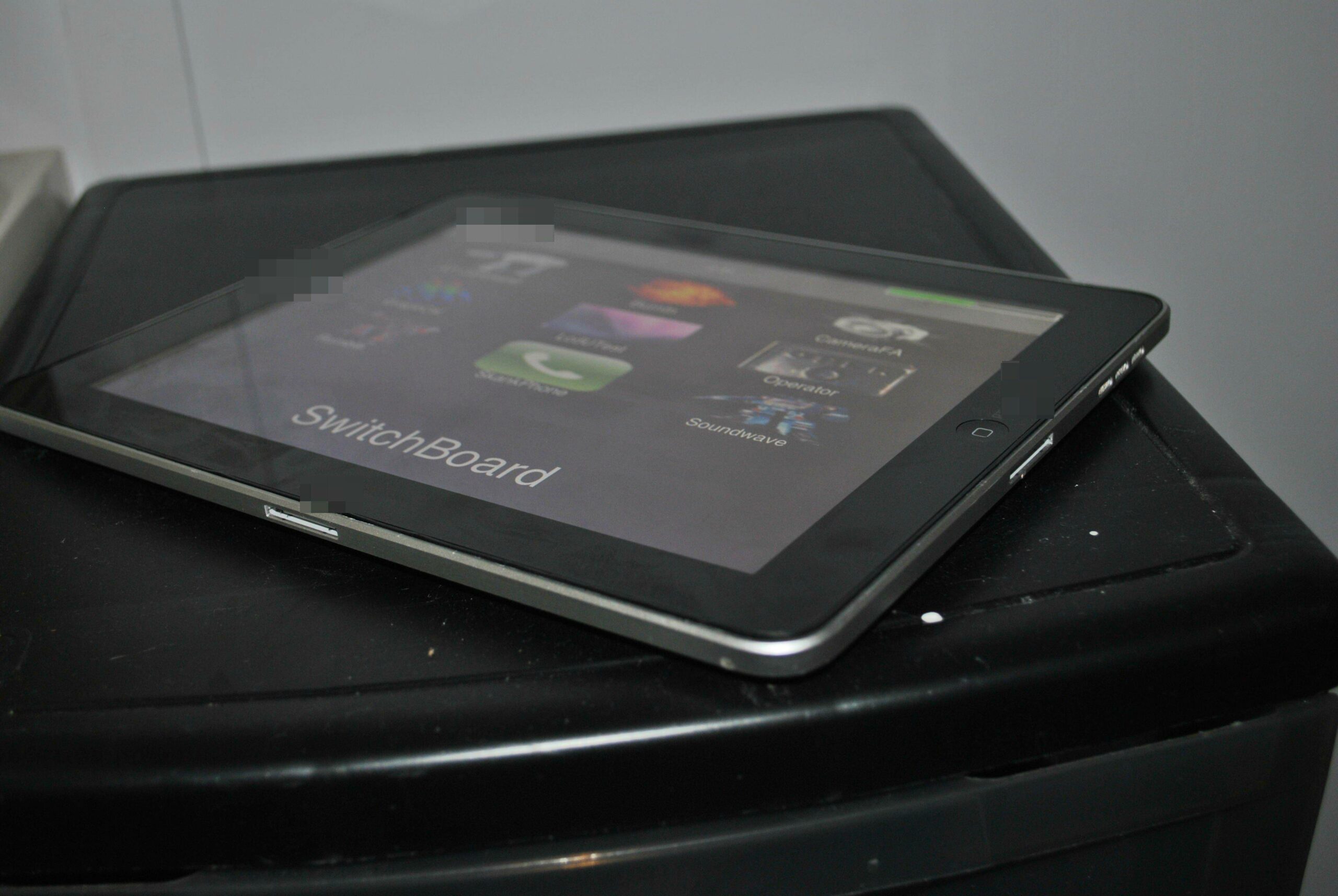
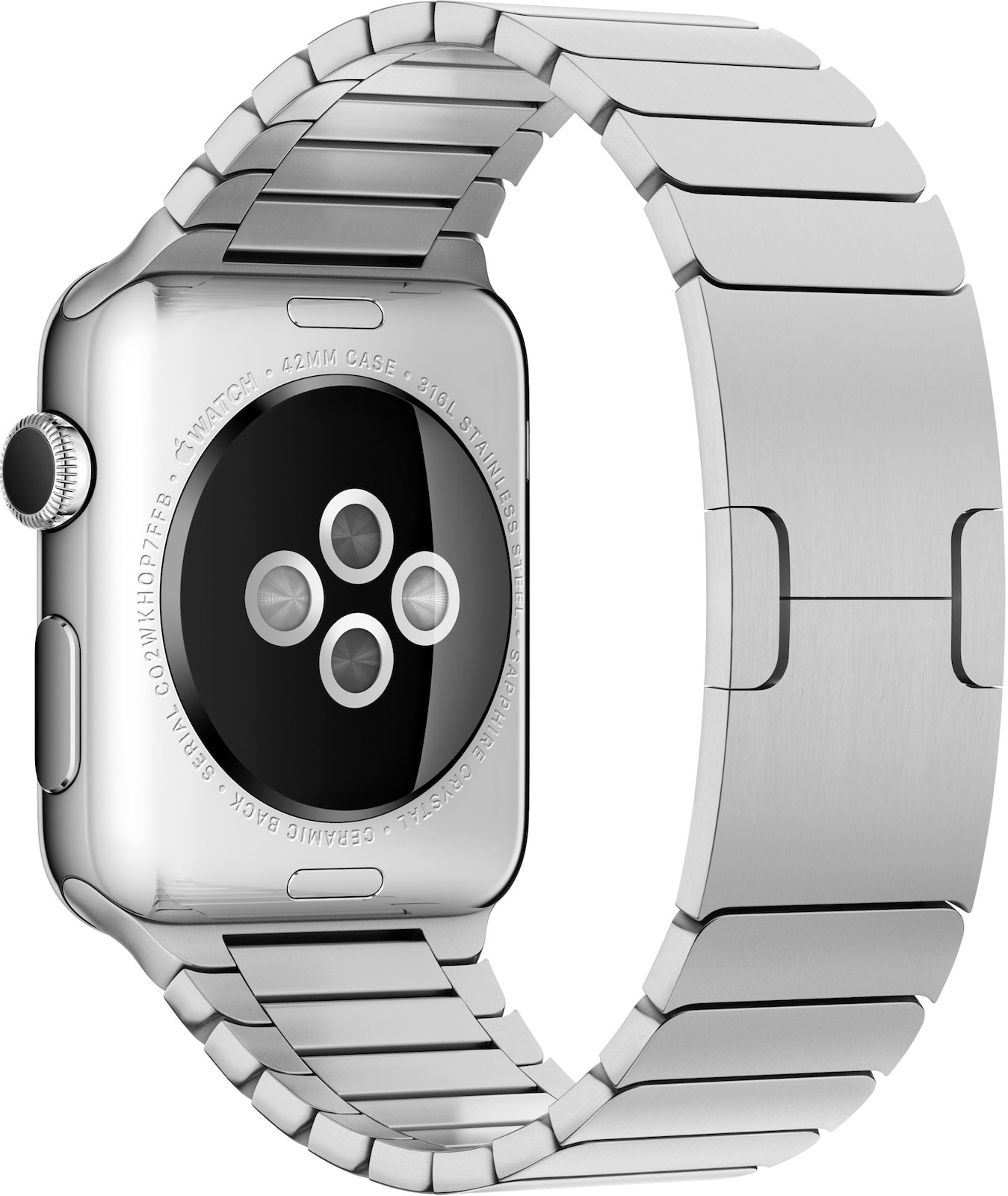


 Flying around the world with Apple
Flying around the world with Apple 

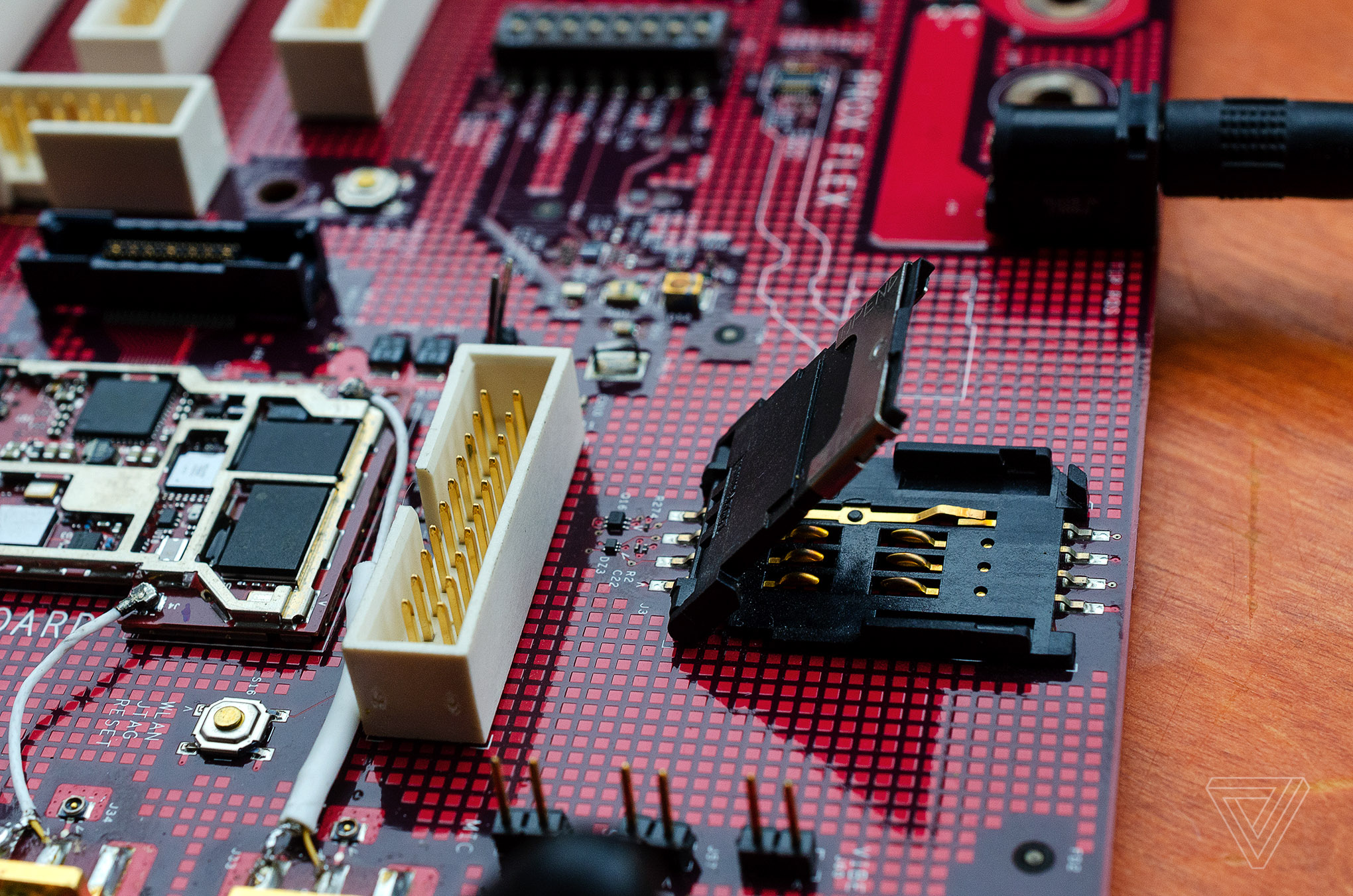
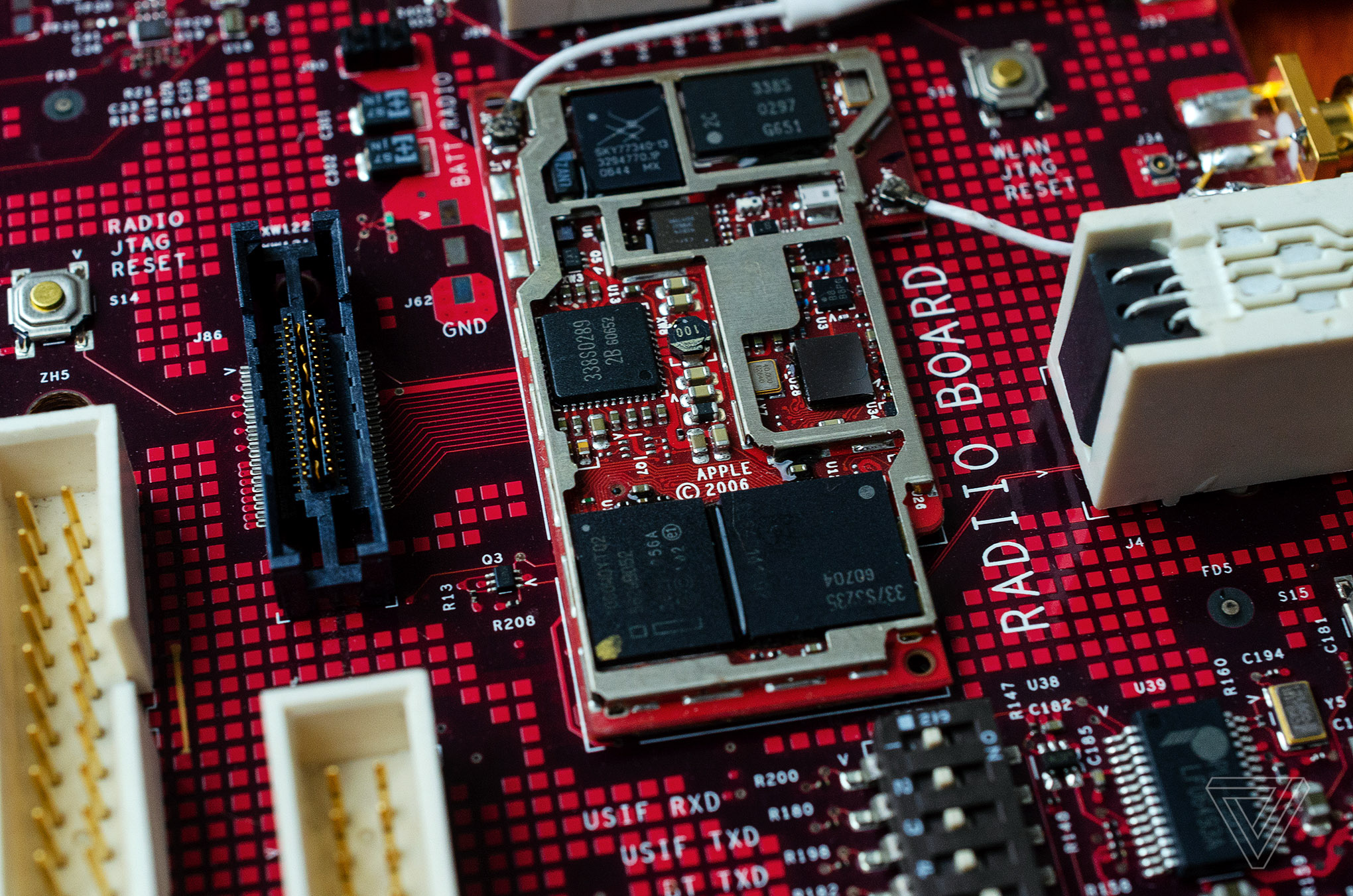
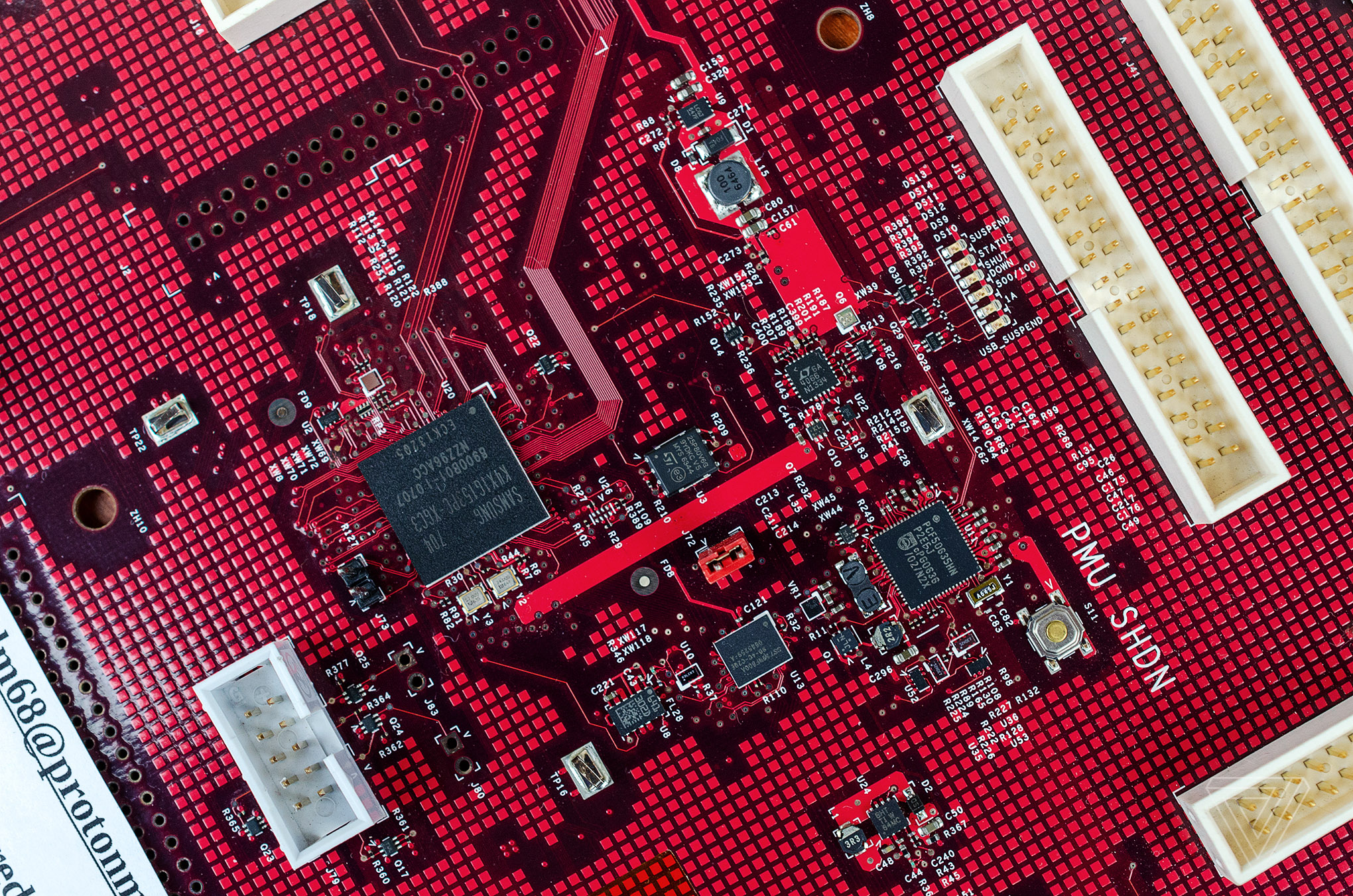
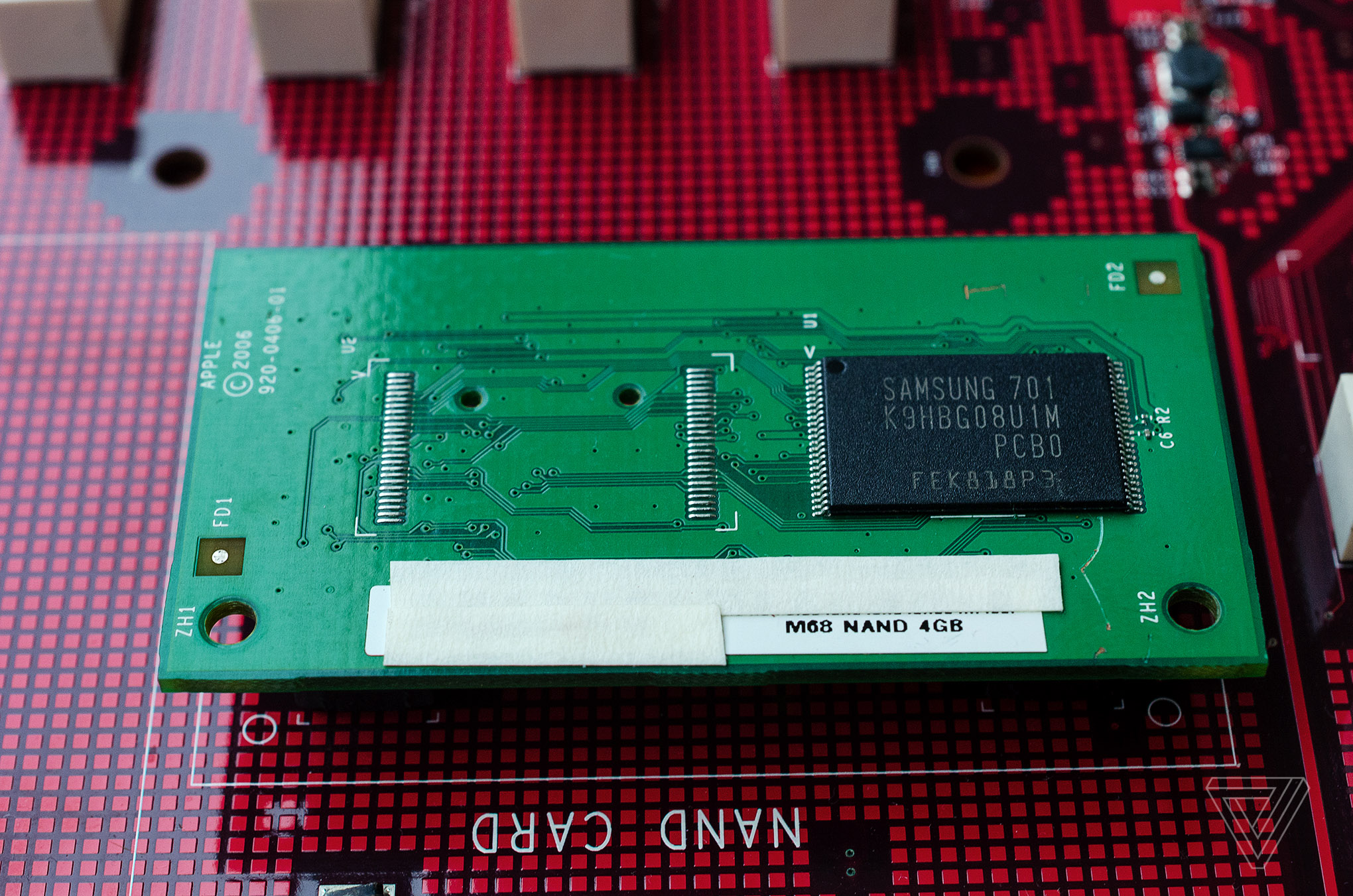
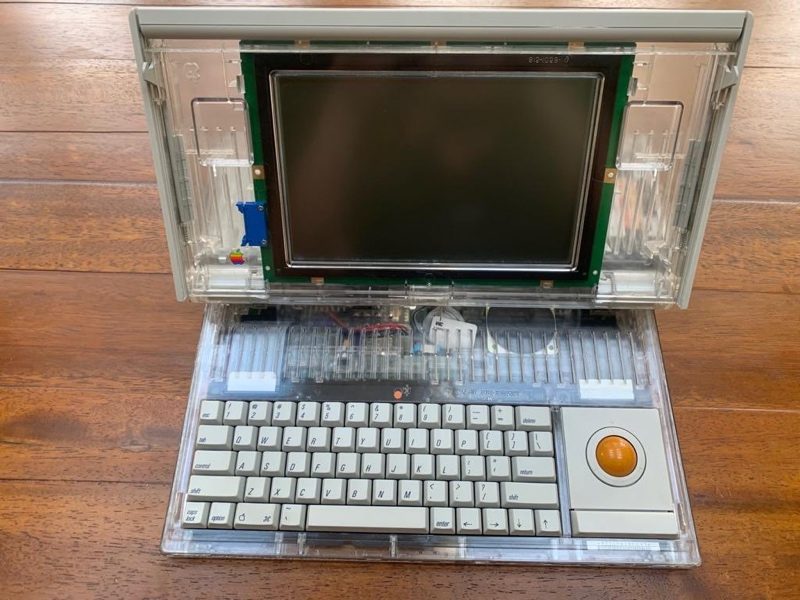
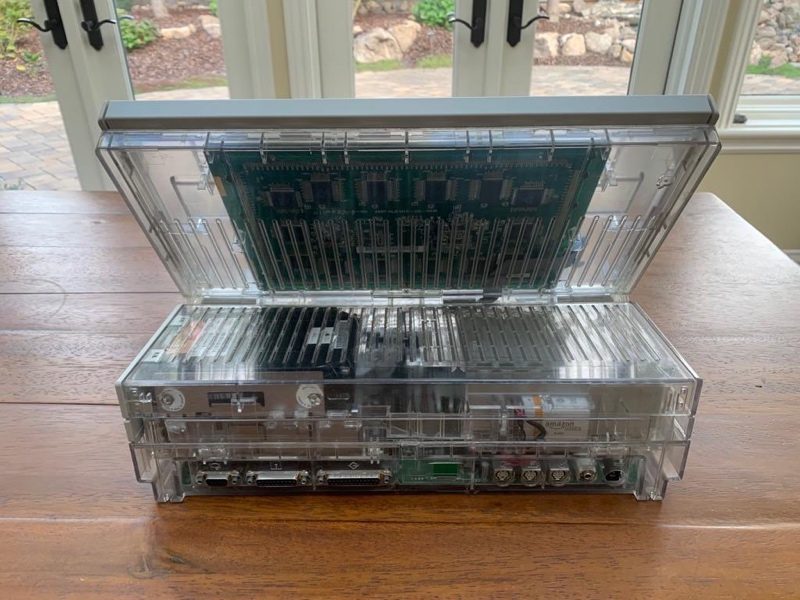
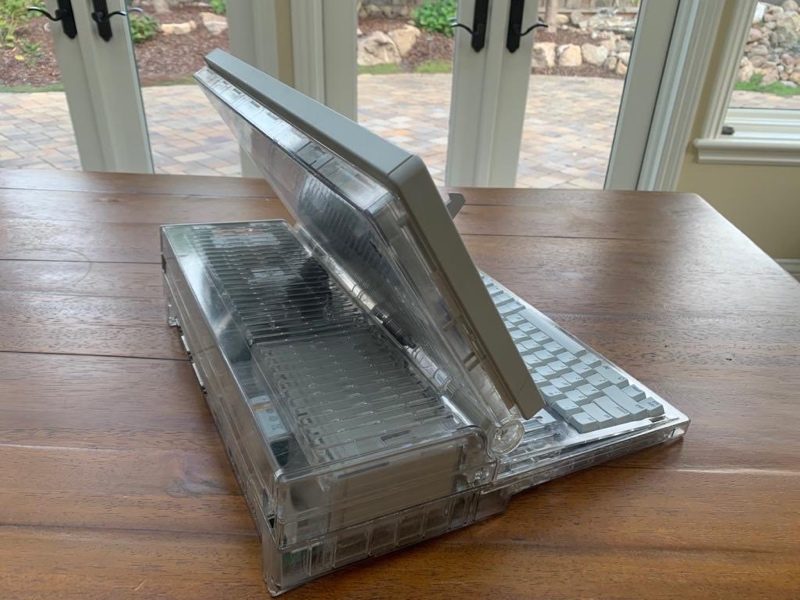


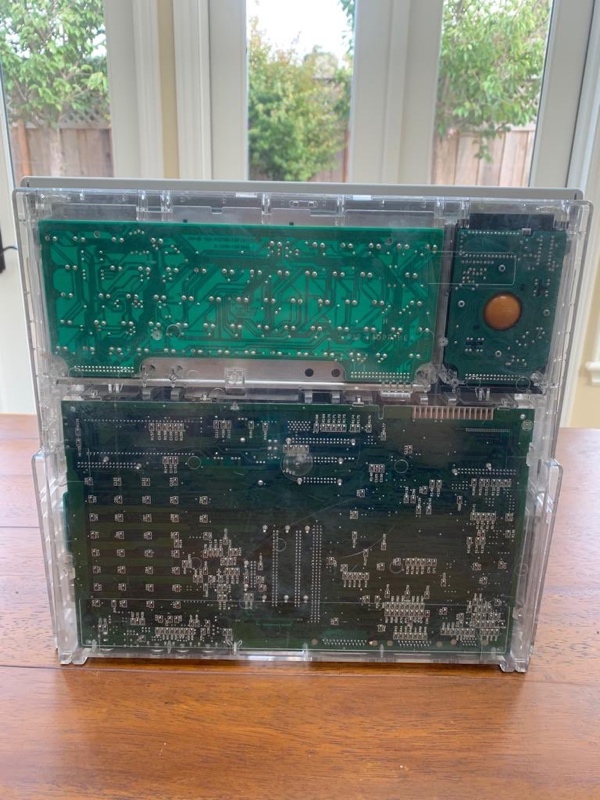
 Adam Kos
Adam Kos 